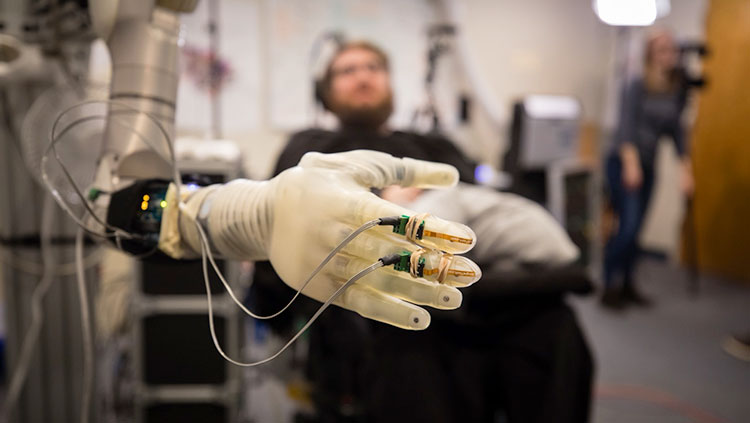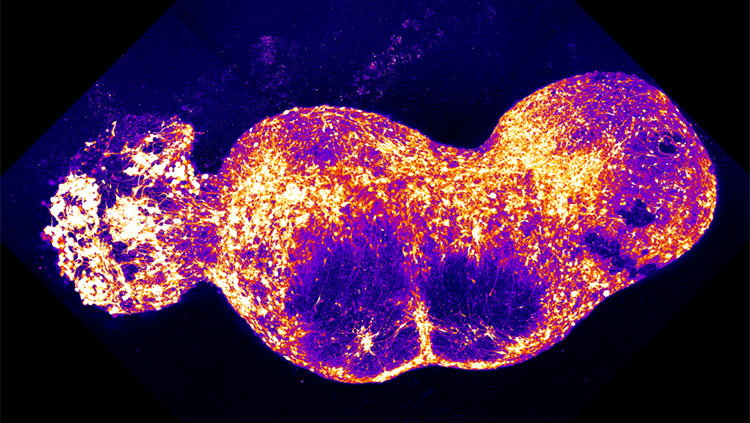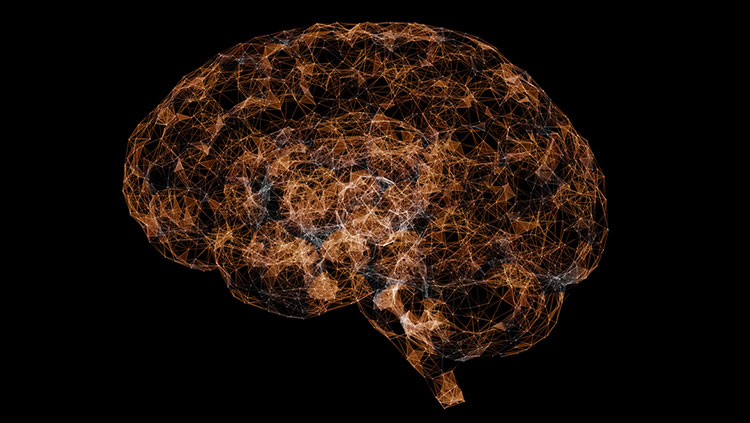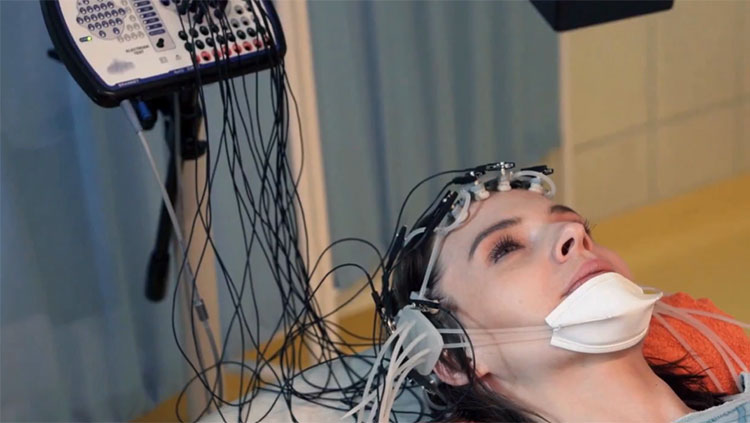The American Crowbar Case: How a Metal Rod Shaped Modern Neuroscience
- Published25 Sep 2017
- Reviewed25 Sep 2017
- Source BrainFacts/SfN
One man and one iron rod changed our understanding of the brain, shaping the field of modern neuroscience.
This video was produced for the 2017 Brain Awareness Video Contest.
CONTENT PROVIDED BY
BrainFacts/SfN
Transcript
On September 13, 1848, construction worker Phineas Gage was impaled by a tamping iron during a routine rock blasting project. The rod entered through his left cheekbone and exited through the anterior portion of his head, critically damaging his frontal lobe in the process, but surprisingly not killing him. In fact, Gage stood up moments after the incident and was transported to the nearest 19th-century medical facility. The Phineas Gage incident is now referred to as the “American Crowbar Case,” and still astonishes many neurologists worldwide. The American Crowbar Case particularly shed light on the importance and functions of the frontal lobe, the most anterior lobe of the human cerebrum.
The frontal lobe of the brain carries out higher mental processes such as thinking, decision making, and planning. It plays a large role in voluntary movement and our ability to react to environmental pressures. Essentially, the frontal lobe, or what’s sometimes called the “control panel” of personality, controls emotional expression. It’s what makes you, you, and me, me. In fact, a 1999 study shows that the frontal lobe is also involved with humor: what makes you ROFL is actually controlled by your RFL, or the right frontal lobe.
Shortly after Gage’s incident, the resulting damage in the frontal lobe completely altered his personality. Prior to the impaling incident, coworkers considered Gage very hard-working and polite. However, after the incident, Gage became increasingly lethargic and rude. In fact, this change in personality is what makes the case noteworthy still today. Gage’s injuries provide some of the very first evidence that the frontal cortex is involved in personality and behavior. As you would think, this was an incredible discovery at the time.
The “American Crowbar Case” unexpectedly defined the specific parts of the frontal lobe and their functions. Take for example, white matter. Scientists now believe that the damaged white matter in the frontal cortex is what contributed to Gage’s sudden change in personality. Since axons are part of neurons, white matter plays a critical role in relaying signals between various parts of the brain. For this reason, it is now believed that emotional behavior is coordinated by different brain regions rather than localized areas such as the frontal cortex, hence making up the limbic system. The limbic system, made up of several brain structures, is primarily concerned with emotions and drives such as the drive for hunger and thirst. The bar, according to Gage’s physician John Harlow, also lacerated his superior sagittal sinus damaging his frontal and parietal bones in the process, which house the frontal lobe.
Evidently, the tamping iron passed through so many individually named portions of Phineas Gage’s brain. What does this tell us? It tells us that the various parts of the brain serve various different purposes. This idea is called cerebral localization. Cerebral localization is the idea that specific parts of the brain have specific functions that do not always overlap within the brain. Gage’s interaction with the tamping iron pointed towards the existence of such a relationship. When the rod entered through his frontal lobe, his personality took the largest hit. This simple observation inspired a few other ones as well regarding the frontal lobe and cerebral localization.
Paul Broca, a neuroscientist, in 1865, determined that the inferior frontal gyrus, now called Broca’s area, is responsible for the production of speech. Neurologists utilized the Gage incident as a strong proponent for this idea, which was later verified to be true. Based on Broca’s findings, John Hughlings Jackson, in the 1860’s, played a major role in determining the localization of the primary auditory cortex, a segment of the brain located in the frontal lobe now known to process sound.
You see, the American Crowbar Case had a sort-of domino effect on modern day neuroscience. It led to countless other discoveries that subsequently lead to more and more. Honestly, if it weren’t for that one iron rod, it probably would have taken us a bit longer to figure out what some parts of our brain actually do. Phineas Gage certainly was not expected to survive. But he did. The human brain is a powerful organ, capable of many things. Not even a metal rod through the brain could stop it from banding together and performing the duties it is responsible for. But, remember kids, don’t try that at home.
Also In Tools & Techniques
Trending
Popular articles on BrainFacts.org

















